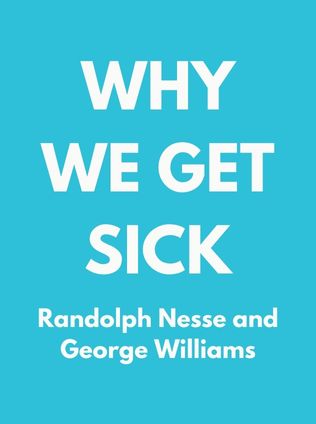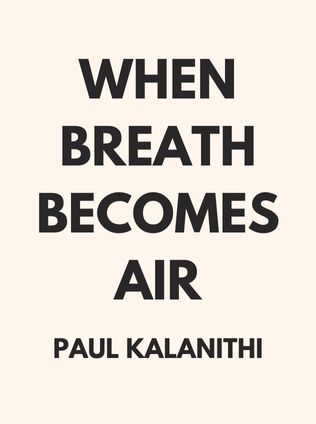
Why We Get Sick
The Hidden Epidemic at the Root of Most Chronic Disease―and How to Fight It
By Randolph Nesse and George Williams
Published 07/2020
About the Author
The author of this insightful exploration into the intersection of evolution and medicine is a distinguished figure in the fields of biology and evolutionary science. With a background in evolutionary biology and a passion for understanding the complexities of human health, the author brings a wealth of knowledge and a fresh perspective to the topic of Darwinian medicine. Their work is characterized by a deep curiosity about how evolutionary principles can shed light on modern medical issues, and their ability to communicate complex ideas in an accessible and engaging manner has made them a respected voice in both academic and popular science circles.
Main Idea
Why We Get Sick, at the heart of this book is a compelling question: after millions of years of evolution, why do our bodies still seem so flawed? The author argues that understanding the body through the lens of evolution reveals that many of the diseases and health issues we face today are not failures of natural selection but rather the results of evolutionary trade-offs and compromises. By exploring these trade-offs, the author seeks to provide readers with a deeper understanding of why we get sick, why certain diseases persist, and how evolutionary principles can help us better understand and treat these conditions.
Table of Contents
- Introduction: The Paradox of Evolutionary Medicine
- Chapter 1: Natural Selection and Reproductive Fitness
- Chapter 2: The Hidden Benefits of Harmful Behaviors
- Chapter 3: Stone Age Adaptations in a Modern World
- Chapter 4: The Costs of Our Wishlist: Why We Don’t Have Superpowers
- Chapter 5: The Inevitable March of Senescence
- Chapter 6: The Evolutionary Dynamics of Sex and Reproduction
- Chapter 7: Darwinian Medicine: Understanding Modern Diseases
- Chapter 8: The Modern Environment: A New Evolutionary Challenge
- Conclusion: The Future of Evolutionary Medicine
Introduction: The Paradox of Evolutionary Medicine
In the introduction, the author sets the stage by presenting a paradox: if natural selection has had millions of years to perfect the human body, why do we still suffer from so many diseases and imperfections? The common answer is that natural selection isn't powerful enough to eliminate disease, but the author quickly dispels this notion. Instead, they propose that the key to understanding our health lies in viewing the body as a bundle of careful compromises shaped by evolutionary pressures.
Chapter 1: Natural Selection and Reproductive Fitness
The first chapter delves into the core principle of natural selection: reproductive fitness. The author explains that natural selection favors traits that enhance an organism's ability to reproduce, even if those traits come with a cost. This means that many of the health issues we face today are the result of traits that once provided a reproductive advantage. For example, genes that promote fat storage would have been advantageous in environments where food was scarce, even if they lead to obesity and heart disease in modern times.
“Adaptations that promote reproductive success are selected for, even if they cause disease after the organism reproduces.”
The chapter explores how this principle explains the persistence of diseases like Huntington's disease, which strikes after the age when most people have already reproduced, and thus faces little selective pressure. The author also discusses how traits that enhance early-life reproduction, such as aggression or risk-taking behavior, may reduce longevity, illustrating the trade-offs that natural selection often makes.
Chapter 2: The Hidden Benefits of Harmful Behaviors
In the second chapter, the author examines behaviors and traits that seem harmful on the surface but may offer hidden benefits that improve reproductive fitness. The book uses a variety of examples to illustrate this point, such as:
Sign up for FREE and get access to 1,400+ books summaries.
You May Also Like
The Subtle Art of Not Giving a F*ck
A Counterintuitive Approach to Living a Good Life
By Mark MansonHow To Win Friends and Influence People
The All-Time Classic Manual Of People Skills
By Dale CarnegieFreakonomics
A Rogue Economist Explores the Hidden Side of Everything
By Steven D. Levitt and Stephen J. DubnerQuiet: The Power of Introverts
The Power of Introverts in a World That Can't Stop Talking
By Susan Cain



















